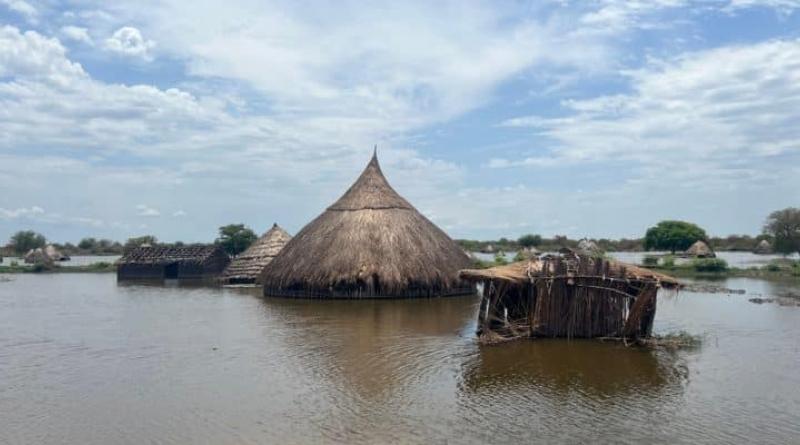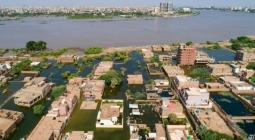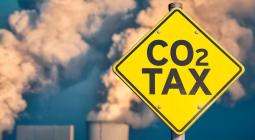Climate finance: in 2022, MDBs have mobilized $16 billion for sub-Saharan Africa

Climate finance increased in 2022 globally, particularly in low- and middle-income economies. This is according to a new report which also indicates that multilateral development banks (MDBs) have mobilized $60.7 billion in climate finance for developing countries.
The recently published report is the result of the compilation of data from several multilateral development banks (MDBs), such as the African Development Bank (AfDB), the European Bank for Reconstruction and Development (EBRD), the European Investment Bank (EIB) or the Inter-American Development Bank (IDB). According to the report, these banks provided $60.7 million in climate finance to low- and middle-income economies, up 46% from 2019 volumes.
At the global level, this financing reached nearly $100 billion, compared to $82 billion in 2021. Of this financing, sub-Saharan African countries were able to capture $16.3 billion. But developing countries in Europe get away with more than $36 billion. According to the report, of the $60.7 billion released to low-income economies in 2022, $38 billion (63%) was allocated to climate change mitigation.
Only 37% of funding for climate change adaptation
Funding was notably allocated to the development of transport that emits less CO 2 , to agriculture, agroforestry and even energy. At the same time, $22.7 billion was spent on adaptation to climate change, including water and sanitation systems, manufacturing and coastal infrastructure for countries most exposed to flooding. and rising sea levels.
“External climate funds, notably the Climate Investment Fund (CIF), the Global Environment Facility (GEF) and the Green Climate Fund (GCF), remain the main source of co-financing,” reacts the Director of the AfDB for climate change and green growth. For Anthony Nyong, the private sector must increase its contribution to global climate finance. “The African Development Bank is committed to rallying national and international partners to reduce the risks associated with private capital and unlock the trillions of dollars needed to finance the fight against climate change in Africa,” adds -he.
In 2022, the private sector mobilized $69 billion, compared to $41 billion in 2021. For its part, the AfDB increased its climate financing from $2.1 billion in 2020 to $2.4 billion in 2021. , and to $3.6 billion in 2022. The pan-African bank's allocation is almost entirely channeled to low- and middle-income economies. These commitments fall far short of meeting Africa's climate finance needs. According to climate data that the 55 African countries provided to the United Nations (UN), the continent would need 2.8 trillion dollars by 2030.





